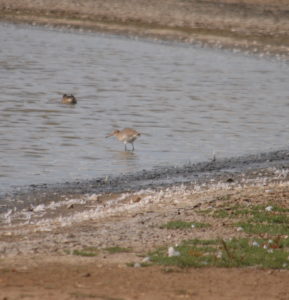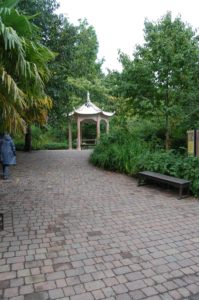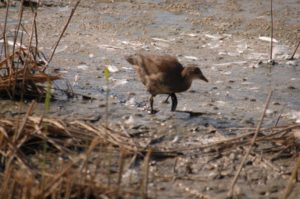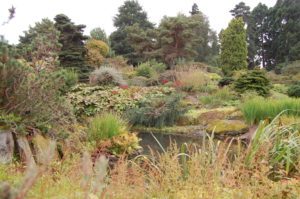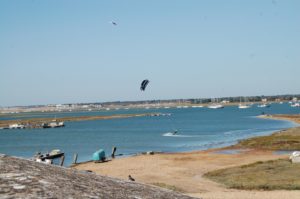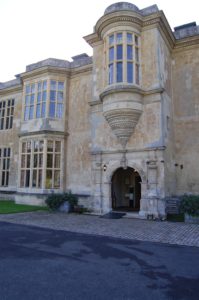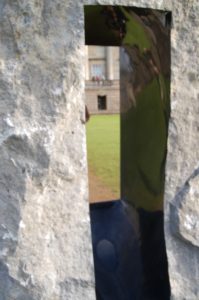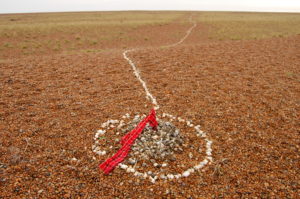It was very much the kind of morning Alun Lewis must have experienced in his poem ‘Dawn on the East Coast’: grey but with a hint the sun might eventually take charge. We thought it a good omen for completing his first line: ‘From Orford Ness to Shingle Street’ and encouraging the grey to lift.
Orford we knew well but had waited for a second spur in the form of two booklets by the Shingle Street Publishing Company to make the journey to the very edge of the East Coast. No question of Heritage here, though plenty of history. Tim Miller’s ‘Life on the Edge’ had told us about the original reason for the settlement and its added features in the form of Martello towers, coastguard station, pill boxes and tank traps. It had also renewed acquaintance with Lewis and the art of William Nicholson, Paul Nash and Richard Bawden. The greater draw, however, was ‘Knowing Your Place,’ Jeremy Mynott’s report on the survey of wildlife there.
As Mynott says, naturalists have visited Shingle Street over many years. Having no amenities it attracts few other visitors, unless they have a feeling for lonely walks or images of isolation. With few qualifications as naturalists we might have had to settle for a lonely walk and isolation, except that naturalists and photographers love to share their enthusiasms. We met one of each, in fact a married couple: he had been looking for landscape photos, she was off on the trail of short eared owls. At his suggestion we followed their route.
There is a path beyond the first Martello tower that enters a marsh on a high bank then eventually turns past a WW2 pill box towards the shingle bank, then by a concrete track to the beach and coastguard houses. It was good for short eared owls they said, and they were right. We saw three or four at different times, once as a pair, quartering the marsh in search of prey. One was seen to be in luck. There were also pipits, stonechats and perhaps corn bunting. The grey light made identification hard.
In all it was a very rewarding, quite unlonely walk; nonetheless with needs of the day well satisfied. There were the curiosities of the German Ocean Mansion, from days before hostilities renamed the sea North. It had been the Marine Lodging Houses from 1876 to 1878, in a short-lived attempt to establish a rival to Felixstowe, but was then sold as one dwelling to a Catholic family that used the nearby Martello tower as chapel. Other residents had been pilots, helping shipping to navigate the treacherous local shallows, and later coastguards, keeping watch on smugglers and, with better prospects, rescuing those wrecked on the shore. Naturally, with the sea in most people’s blood, there was a need of alcohol, so a pub continued until WW2, when a bomb test devised by Barnes Wallis managed to destroy it.
These days the residents are more leisured than those of the past who could claim, as in another book title, ‘We dare to be Poor’. They care for their small community and its much larger wildlife hosts, as we who visit must respect and admire. There is no alternative unless, in the words of Ronald Blythe, ‘no one came.’ It has to be hoped that the sea also stays back, as the trail of seashells from the coastguard houses to the tide line seems to urge. If so it will remain a place to treasure.
